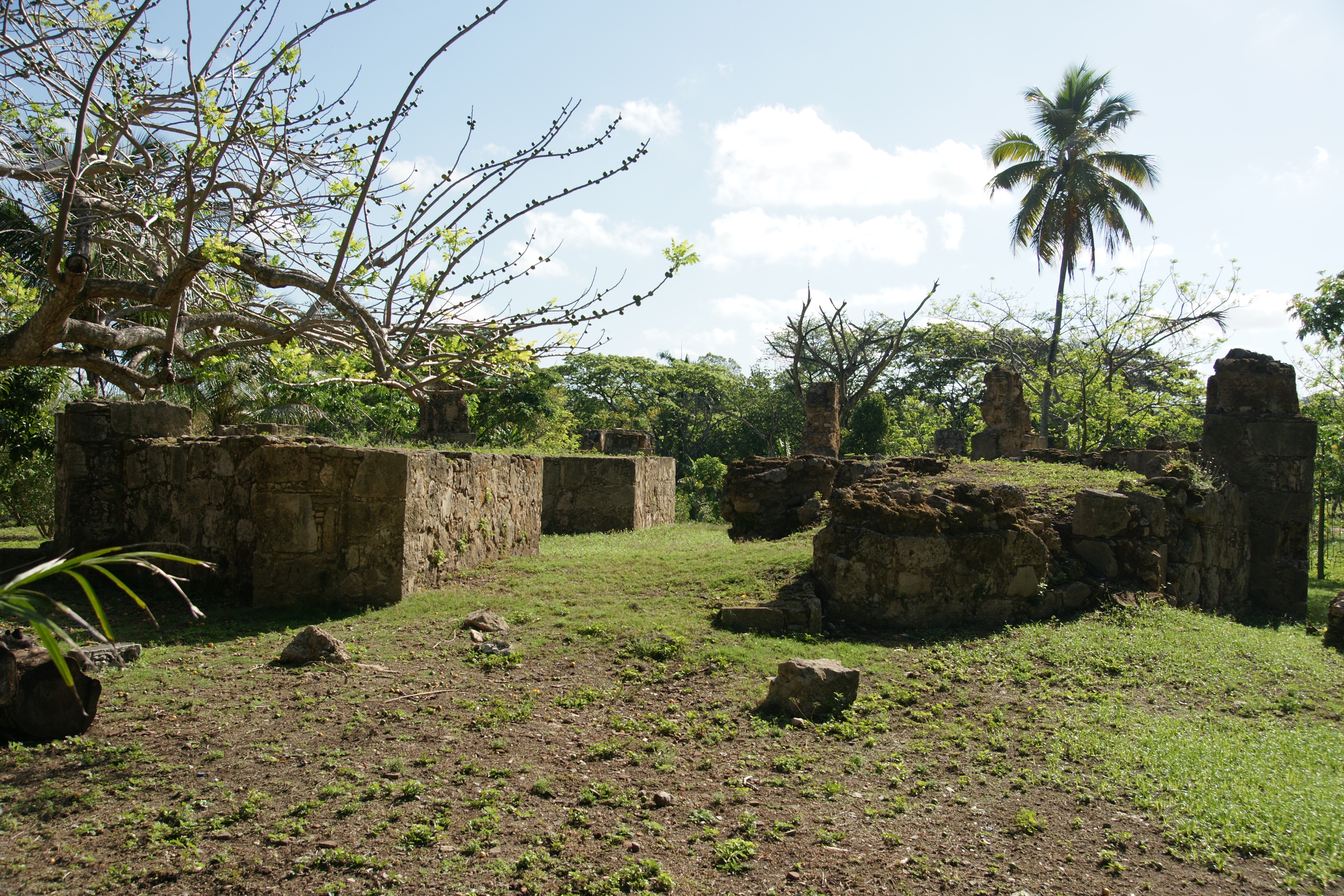Related Resources
The fundamental role of blacks in La Española's economy
From early on Black Africans performed a fundamental role in the functioning and the survival of La Española as a viable colony during the sixteenth-century and then throughout the entire long colonial period (see Manuscript No. 068). La Española was the first Black slavery-based economy of the Americas and it remained so during the entire sixteenth-century. And afro-descendants continued to be essential to the society of La Española centuries later once it proclaimed itself as a new independent nation-state in 1844 under the name of Dominican Republic.
We know that a number of the Iberian/European settlers who colonized the indigenous Taínos of La Española and later ushered in the arrival of Blacks predominantly as a mass of forced laborers, were perfectly aware of the Blacks' fundamental economic importance. At times the colonists expressed their understanding of that fact by articulating the notion, repeated since for centuries throughout the Americas, that without Blacks there would be no colonies. (See Manuscript No. 058)
 Black people did most of the labor that kept the colonial economy going in the 1500s. This included: 1) the mining of alluvial gold that the colonizers focused on during the earliest stage of the settlement (see Manuscript No. 066); 2) the work in farms that provided most of the agricultural food; 3) the cattle breeding that produced abundant meat and hides; 4) the labor in commercial agriculture plantations or farms, including the infamous cane-sugar plantations or ingenios. In the sugar plantations enslaved Blacks were subjected to a new, often gruesome work pace and work conditions that cane-sugar production brought with it into modernity in the Americas, after being tested by Western Europeans in the Eastern Atlantic colonial settings of the Madeira Islands and the Canary Islands.
Black people did most of the labor that kept the colonial economy going in the 1500s. This included: 1) the mining of alluvial gold that the colonizers focused on during the earliest stage of the settlement (see Manuscript No. 066); 2) the work in farms that provided most of the agricultural food; 3) the cattle breeding that produced abundant meat and hides; 4) the labor in commercial agriculture plantations or farms, including the infamous cane-sugar plantations or ingenios. In the sugar plantations enslaved Blacks were subjected to a new, often gruesome work pace and work conditions that cane-sugar production brought with it into modernity in the Americas, after being tested by Western Europeans in the Eastern Atlantic colonial settings of the Madeira Islands and the Canary Islands.
See images of the remains of 16th century sugar plantations of La Española by clicking here.
Blacks were central in building the defensive walls and ditches (see Manuscript No. 032) that protected Santo Domingo City, albeit not always effectively, from many seaborne attacks by enemies of the Spanish empire, and they were most likely the bulk of the labor force in the construction of all sorts of buildings and structures taking shape either in Santo Domingo or in the towns and villages of the colony most remote from the capital city. They were equally important as home servants working in conditions of great intimacy with their owners/masters and as urban laborers and artisans. (See Manuscript No. 049)
View images of the colonial system of defensive walls and erected elements of the City of Santo Domingo by clicking here.

